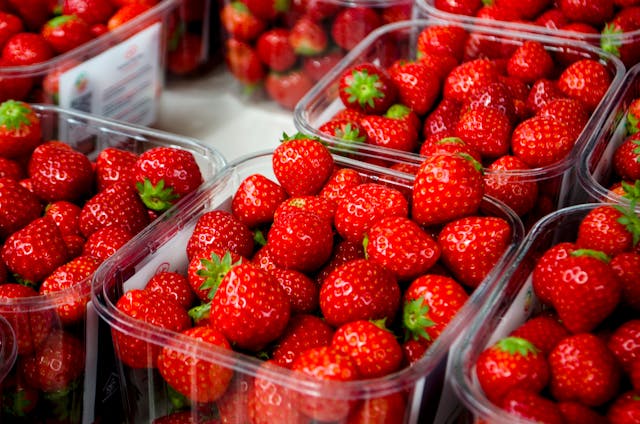The Centers for Disease Control and Prevention highlight that every year in the U.S., approximately 1,600 individuals contract a severe infection from Listeria bacteria present in food, with around 260 fatalities reported annually. Researchers from Penn State have deepened our understanding of how these bacteria, specifically Listeria monocytogenes, persist and thrive in fruit-packing environments by resisting sanitisation efforts.
Their findings, soon to be published in the June edition of the journal Biofilm and currently accessible online, reveal how biofilms—structures formed by benign microorganisms that cluster together and adhere to surfaces—create a protective barrier around the Listeria. According to the research team, this barrier shields the bacteria from sanitisers, potentially leading to significant revisions in cleaning procedures at food-processing facilities aimed at reducing Listeria contamination.
Jasna Kovac, the Lester Earl and Veronica Casida Career Development Professor of Food Safety and the study’s corresponding author, explained that they identified two specific groups of microorganisms, Pseudomonadaceae and Xanthomonadaceae, which are particularly adept at forming these biofilms. These biofilms not only physically obstruct the sanitisers, making them less effective, but are also believed to enhance Listeria’s resistance to the antimicrobial agents commonly used in these facilities.
Laura Rolon, a recent Penn State doctoral graduate and the lead researcher, noted that these biofilms significantly undermine sanitisers’ efficacy against Listeria monocytogenes. The study suggests that facilities experiencing recurrent issues with this pathogen should evaluate whether these biofilm-forming microorganisms are a contributing factor.
Kovac further stated that their findings necessitate a review of the effectiveness of sanitisers against these non-pathogenic, biofilm-forming microorganisms typically found in food processing environments. This could lead to better strategies to prevent biofilm formation, thus enhancing control over Listeria monocytogenes. Future assessments might yield practical recommendations for the industry, such as optimal concentrations and sanitiser application durations.
Luke LaBorde, a professor of food science, extension specialist, and co-author of the study, emphasised the importance of disseminating these findings to those involved in sanitation at food-processing facilities. He pointed out that Penn State Extension is committed to translating scientific research into practical applications through workshops and short courses aimed at professionals in the tree-fruit industry. These efforts are designed to improve sanitation practices and effectively manage the risk of Listeria monocytogenes.
These educational initiatives by Penn State Extension serve as a bridge between scientific discoveries and their application in the field, reflecting the core mission of a land-grant university like Penn State. The university aims to communicate crucial research findings through regular workshops and other resources, such as those on Listeria monocytogenes and biofilms, and promote best practices for controlling foodborne pathogens. These sessions are typically attended by professionals from food-processing plants, industry association representatives, food safety consultants, and government inspectors, all geared towards enhancing food safety across the industry.
More information: M. Laura Rolon et al, Multi-species biofilms of environmental microbiota isolated from fruit packing facilities promoted tolerance of Listeria monocytogenes to benzalkonium chloride, Biofilm. DOI: 10.1016/j.bioflm.2024.100177
Journal information: Biofilm Provided by Penn State








